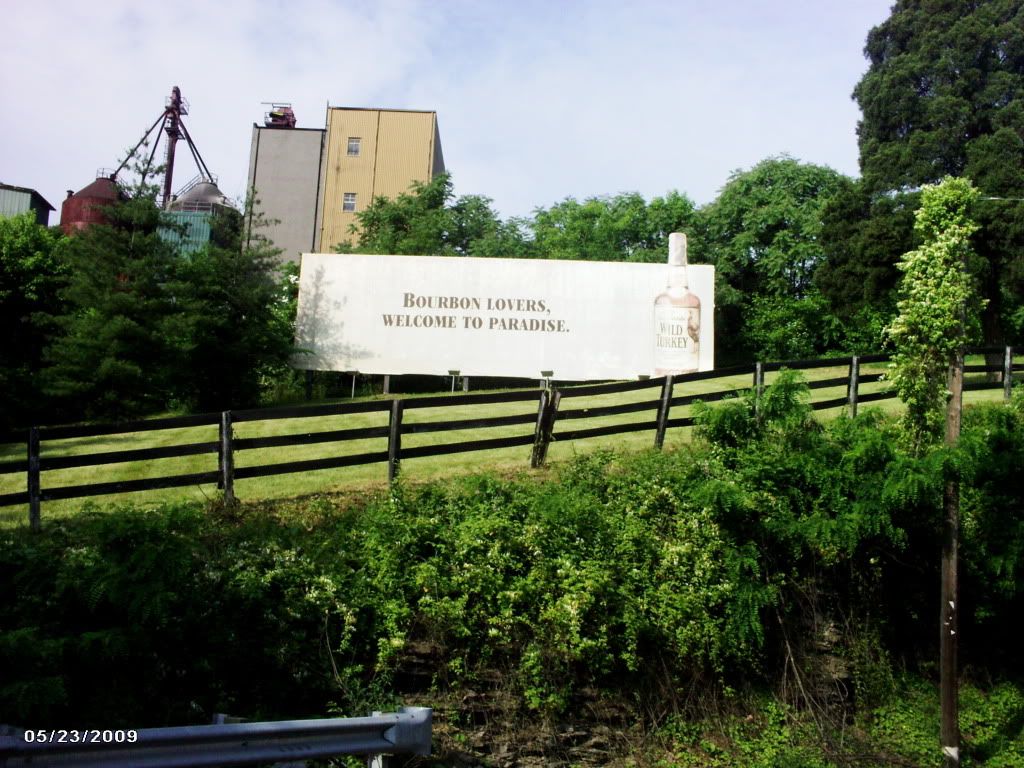Post by naturelovr on Nov 24, 2010 5:57:38 GMT -6
* There are several theories about how turkeys got their name. One story claims the Christopher Columbus heard some birds say "tuka, tuka", and his interpreter came up with the name tukki, which means "big bird" in hebrew.
* Because the wild turkey is quick to defend itself and fight against all predators, Ben Franklin wanted it as the symbol of the United States. Comparing it to the eagle, he called the turkey "a more respectable bird, a true original native of America."
* The average person in the United States will eat 15 pounds of turkey this year.
* The wild turkey is one of the more difficult birds to hunt. It won't be flushed out of the brush with a dog. Instead, hunters must try to attract it with different calls. Even with two seasons a year, only one in six hunters will get a wild turkey.
* By the 1930s, almost all of the wild turkeys in the U.S. had been hunted. Today, thanks to conservation programs, there are plenty of wild turkeys—they even invade cities!
* A male turkey is called a tom, a female is a hen, and a youngster is a poult.
* The domestic tom can weigh up to 50 pounds, the domestic hen up to 16 pounds. The wild tom can weigh up to 20 pounds, the wild hen up to 12 pounds.
* The domestic turkey can't fly. The wild turkey can, for short distances, but it prefers to walk or run.
* The average life span of a domestic turkey, from birth to freezer, is 26 weeks. During this period of time, it will eat about 75 pounds of turkey feed. The average life span of a wild turkey is three or four years. It generally feeds on seeds, nuts, insects, and berries.
* The wobbly little thing on the turkey’s chest is the turkey's beard and is made up of keratin bristles. Keratin is the same substance that forms hair and horns on other animals.
* Only male turkeys, or toms, can gobble, and they mostly do it in the spring and fall. It is a mating call and attracts the hens. Wild turkeys gobble at loud sounds and when they settle in for the night.
The Old Farmer's Almanac
(www.almanac.com)
* Because the wild turkey is quick to defend itself and fight against all predators, Ben Franklin wanted it as the symbol of the United States. Comparing it to the eagle, he called the turkey "a more respectable bird, a true original native of America."
* The average person in the United States will eat 15 pounds of turkey this year.
* The wild turkey is one of the more difficult birds to hunt. It won't be flushed out of the brush with a dog. Instead, hunters must try to attract it with different calls. Even with two seasons a year, only one in six hunters will get a wild turkey.
* By the 1930s, almost all of the wild turkeys in the U.S. had been hunted. Today, thanks to conservation programs, there are plenty of wild turkeys—they even invade cities!
* A male turkey is called a tom, a female is a hen, and a youngster is a poult.
* The domestic tom can weigh up to 50 pounds, the domestic hen up to 16 pounds. The wild tom can weigh up to 20 pounds, the wild hen up to 12 pounds.
* The domestic turkey can't fly. The wild turkey can, for short distances, but it prefers to walk or run.
* The average life span of a domestic turkey, from birth to freezer, is 26 weeks. During this period of time, it will eat about 75 pounds of turkey feed. The average life span of a wild turkey is three or four years. It generally feeds on seeds, nuts, insects, and berries.
* The wobbly little thing on the turkey’s chest is the turkey's beard and is made up of keratin bristles. Keratin is the same substance that forms hair and horns on other animals.
* Only male turkeys, or toms, can gobble, and they mostly do it in the spring and fall. It is a mating call and attracts the hens. Wild turkeys gobble at loud sounds and when they settle in for the night.
The Old Farmer's Almanac
(www.almanac.com)












